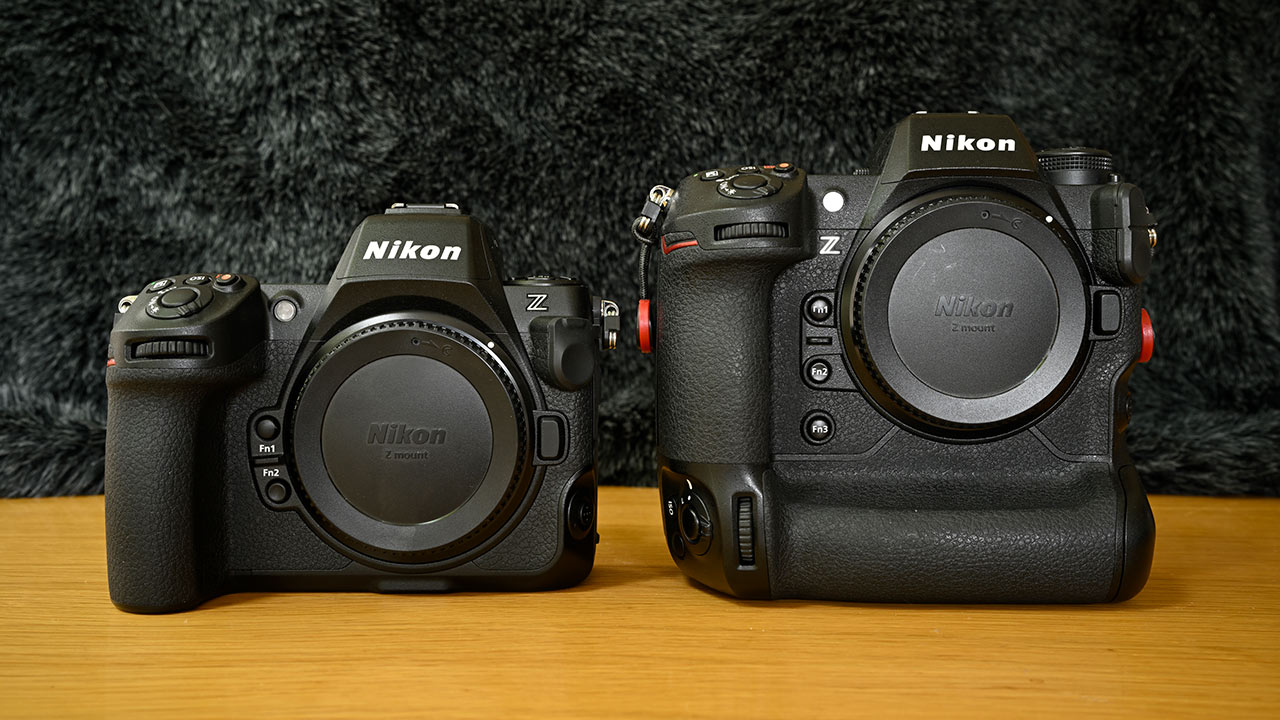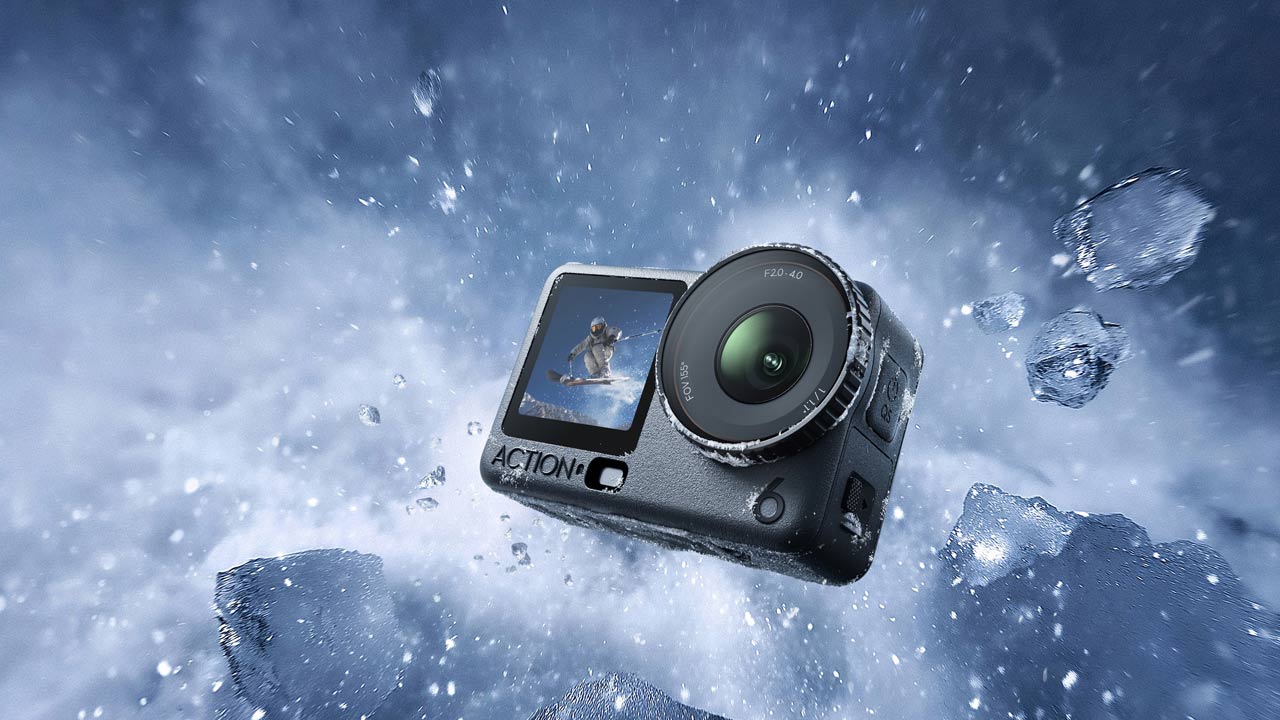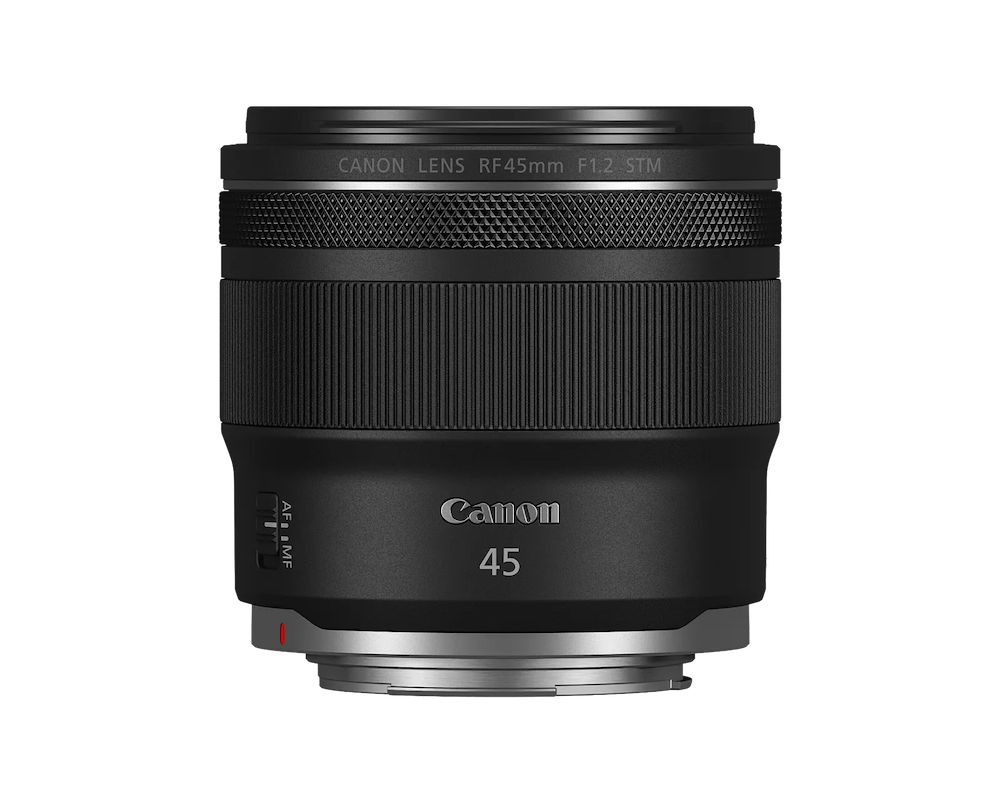
Nikon Z8 Comprehensive Review
- Satisfying camera
- Light is justice
- Concerned about battery life and heat issues
The Nikon Z8 is Satisfying
Right out of the bat, I think this goes without saying, but the “Nikon Z8” is a “very satisfying camera.” Detailed specifications and features were shared in previous articles, so I will omit them, but it can be safely said that the Nikon Z8 can be one of the best partners for those who want to keep both still images and videos with high image quality.
I have used various cameras from multiple manufacturers for business purposes, but among them, Nikon’s Z 9 and Z 8, combined with the excellent image quality of the Z lens, are positioned as top notch 8K cameras with a very high degree of perfection.
In particular, 8.3K60P and 12bit RAW, which are the highest image quality for movies, have achieved perfect specs. This is why the Z8 is a very satisfying camera.

Around the time rumors of the Z9 emerged, I was very surprised that Nikon, which had been one step behind other companies in mirrorless video cameras, had achieved specs that surpassed other companies. I couldn’t imagine using it, but here we are.
Other mirrorless cameras have been released that can shoot 8K video, but there were no specifications up to 60 frames per second, or 12bit RAW. Now, with the Z8, it became a reality, and now it is playing an active part as my main machine.
It is not without its shortcomings. Some dissatisfaction remains with the dynamic range and low-light performance that suppresses blown-out highlights and blocked-up shadows. However, by skillfully using filters and performing noise processing in post-production, the shortcomings can be compensated to some extent.
I just hope that in the future (not limited to Nikon), new cameras can be produced with a focus will be on wide dynamic range and low noise, rather than on higher pixel sensors. I would like to see these in new models in the future.

Light is justice
I currently operate two Z 9s, but the disadvantages of “heavy” and “big” have always been there. The bag I carry is space limited to a single large size camera only, and camera support equipment such as a tripod is inevitably large, adding to the burden. The Z8 has a smaller size and lighter weight that completely wipes out this previous disadvantage.
Not only the weight difference of the camera itself, but also the total weight of the entire system (tripod, battery, gimbal, etc.) will change considerably. It is a camera with a high degree of perfection that can be said that “there is only Z 8 anymore”.




Imagine the Nikon Z9, now imagine it has been made smaller and lighter by removing the vertical grip. It is a bit shallow to say, but if the functionality of the Nikon Z8 is close to the flagship Z9, and the image quality is the same, the Nikon Z8 is the camera that photographers who have hesitated getting the Z9 only because of “size and weight.” The Z8 is exactly the camera you’ve been waiting for for a long time.
If you are currently using the Z9, you may also be worried about the weight and size and wondering whether it is worth to buy a new one. In that respect, the operability and response are almost the same, so I don’t think there is any concern or need to get the Z8.
Although it is compact and lightweight, it has a good grip that can firmly support the body even with a large hand like mine, without a little finger left over. By making it smaller and lighter, more than anything else, it became easier for me to take it out and shoot.
Another thing that I felt while shooting in the field was that there was little blurring caused by the wind. It’s natural because the volume is small, but compared to the Z 9, there is less blurring when shooting on windy days, so I think this is also a big advantage.
Field shots can inevitably suffer from wind blur, but both the Z 9 and Z 8 have excellent image stabilization, and, although they are not perfect, it is quite possible to obtain stable images.
As for the 8K video image, it is natural, but you can get the same image as the Z 9. To put it bluntly, the color tendencies are subject to user preference, but the color reproduction is straightforward and there is grading resistance. The resolution is also perfectly high, and it is possible to record satisfactory images as 8K video.
Even in 4K, you can shoot with oversampling, so you can get more detailed images. I think one of the great attractions of the Z8 is that it can shoot 8K/4K video for a long time (although there are limitations).

Nikon Z8 Battery Life Issues
A few times a year, I also hold events that can go for the whole day, but at that time I mainly use 4K30P · mp4 10bit settings. The Nikon Z9’s “high heat resistance” is well known. With the Z9, even with over 2 hours of recording (with several breaks), the heat warning may or may not come out.
However, the Nikon Z8 gave me a heat warning after 20-30 minutes during my testing for this review. As a test to replicate the previously stated all-day events, I recorded the same 4K30P/mp4 10bit at an indoor temperature of 22°C, and despite the heat warning, I was able to shoot exactly for the nominal value of 125 minutes (using an external power supply).

As a trade-off with this miniaturization of the body, the short battery life and heat problem were the points I was most concerned about. Although there was no stoppage in shooting for a long time, a warning was issued, which can be stressful. Also, the actual heat resistance of the Z9 is clearly higher, so I have more leeway in my work. Basically, the biggest tradeoff with the smaller camera body that the Z8 is, is inevitably the heat resistance being less.
Another point is recording media. There are people who use the SD card slot for various purposes, so I think it’s a compromise, but isn’t it unnecessary with the flagship’s high video performance? I thought.

Finally, let’s touch on texture. This is essential for weight reduction, but compared to the Z 9, which is entirely magnesium alloy, the new carbon fiber composite material feels a little lacking in texture. After all, I think that the Z9 will be higher in terms of desire to own or satisfaction.
Finally, another point of concern is that it is all about “a small version of Z9”. I can highly evaluate the technological capabilities that have put all the functions of a flagship into this compact body, and I admire their enthusiasm. I think the developers worked very hard on making this camera. However, it’s been a year and a half since the Z9 appeared, so I’m sure I’m not the only one who thinks it’s good to introduce a surprise unique to the Z8.

In any case, as I said at the beginning, this Nikon Z8 is one of the cameras that can leave still images and movies in the best form at present.
I’m sure that it will be the best companion that you can take anywhere in the fact that it fits in this compact body. In the future, we will be able to see the Z8 at many shooting locations.












